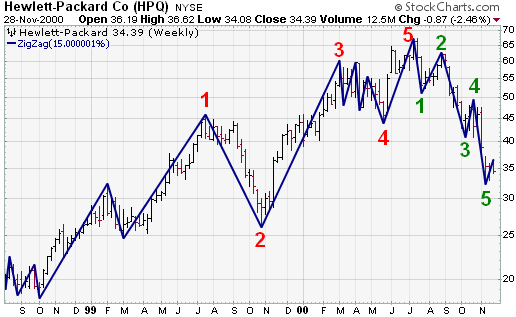Duanstock Parabolic SAR
Post on: 16 Июнь, 2015 No Comment

Introduction
Developed by Welles Wilder, the Parabolic SAR refers to a price and time based trading system. Wilder called this the Parabolic Time/Price System. SAR stands for stop and reverse, which is the actual indicator used in the system. SAR trails price as the trend extends over time. The indicator is below the price when prices are rising and above the price when prices are falling. In this regard, the indicator stops and reverses when the price trend reverses and breaks above or below the indicator. Wilder introduced the indicator in his 1978 book, New Concepts in Technical Trading Systems . This book also includes RSI, Average True Range and the Directional Movement Concept (ADX). Despite being developed before the computer age, Wilder’s indicators have stood the test of time and remain extremely popular.
Calculation
Calculation of SAR is complex with a few if/then variables that make it difficult to put in a spreadsheet. Feel free to skip to the interpretation section! These examples will provide a general idea of how SAR is calculated. Because of formula differentials, it is easier to divide the calculation into two parts. The first calculation covers rising SAR and the second covers falling SAR.
Interpretation
Conclusions
The Parabolic SAR works best with trending securities, which Wilder estimates occur roughly 30% of the time. This means the indicator will be prone to whipsaws over 50% of the time or when a security is not trending. After all, SAR is designed to catch the trend and follow it like a trailing stop. As with most indicators, the quality of the signals depends on the settings and the characteristics of the underlying security. The right settings combined with decent trends can produce a great trading system. The wrong settings will result in whipsaws, losses and frustration. There is no golden rule or one-size-fits-all setting. Each security should be evaluated based on its own characteristics. This means the Parabolic SAR should be used in conjunction with other indicators and technical analysis techniques. For example, Wilder’s ADX can be used to estimate the strength of the trend. Click here for a live example of Parabolic SAR.
SharpCharts
The Parabolic SAR can be found as an Overlay in SharpCharts. The default parameters are .02 for the Step and .20 for the Maximum Step. As shown above, these can be changed to suit the characteristics of an individual security. The example below shows the indicator in pink with prices in black/white and the chart grid removed. This contrast makes it easier to see the indicator in action and compare with price action.
Scans
Break above falling SAR: This scan starts with stocks that have an average price of $10 or greater over the last three months and average volume greater than 40,000. The scan then filters for stocks that have a bullish SAR reversal (Parabolic SAR (.01,.20)). This scan is just meant as a starter for further refinement.
Break below rising SAR: This scans starts with stocks that have an average price of $10 or greater over the last three months and average volume greater than 40,000. The scan then filters for stocks that have a bearish SAR reversal (Parabolic SAR (.01,.20)). This scan is just meant as a starter for further refinement.














